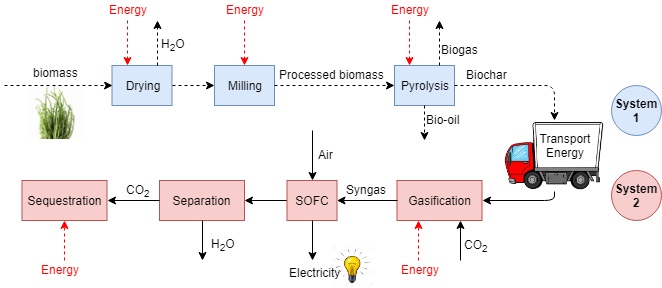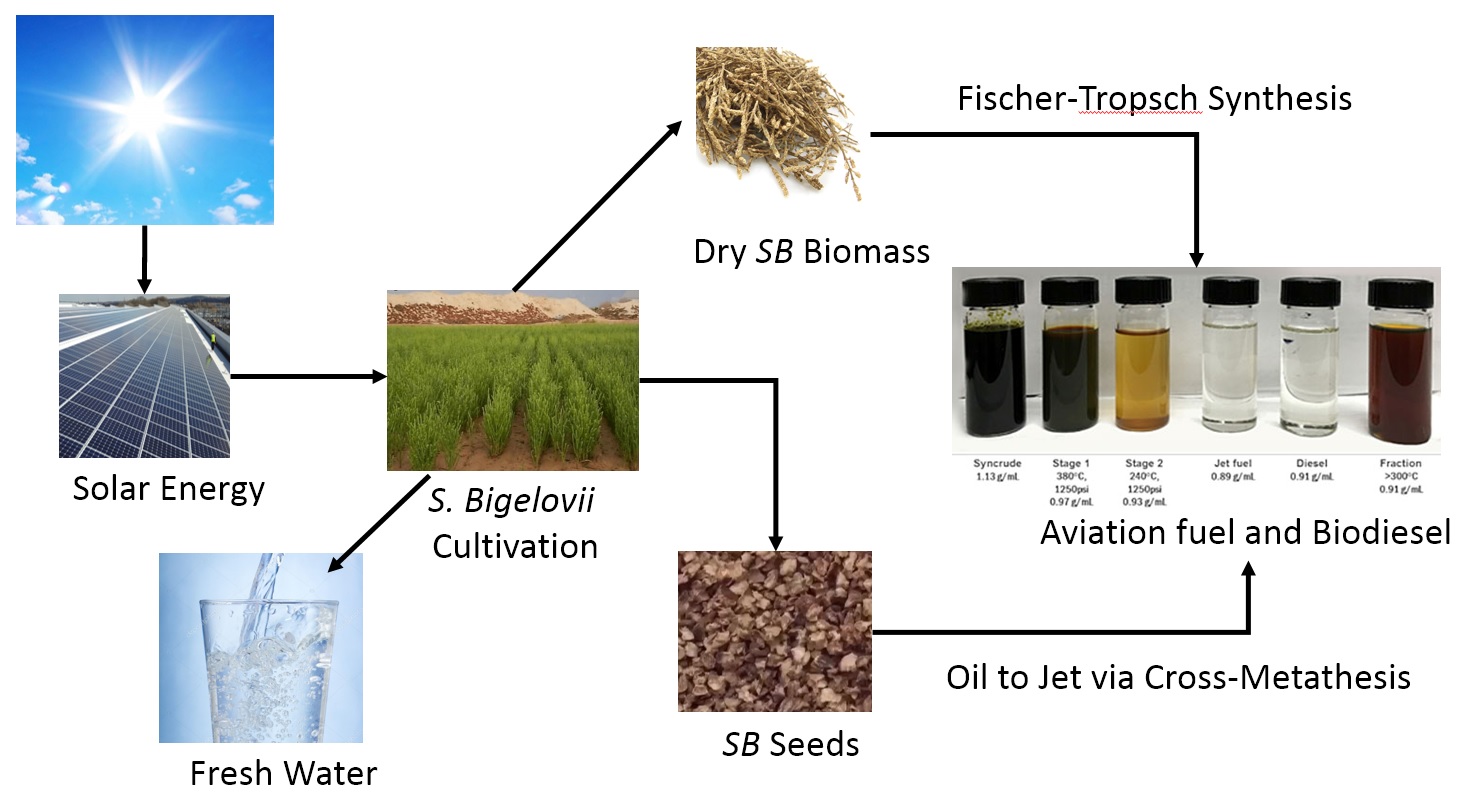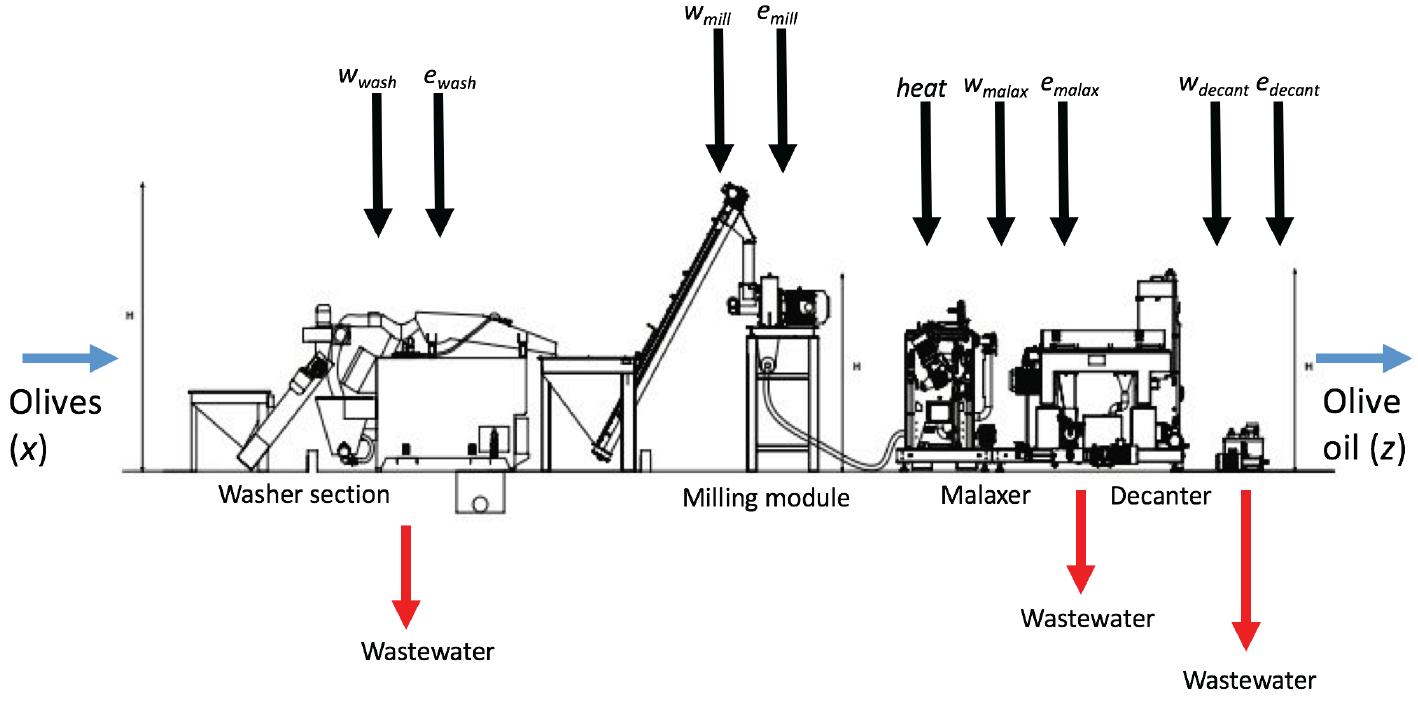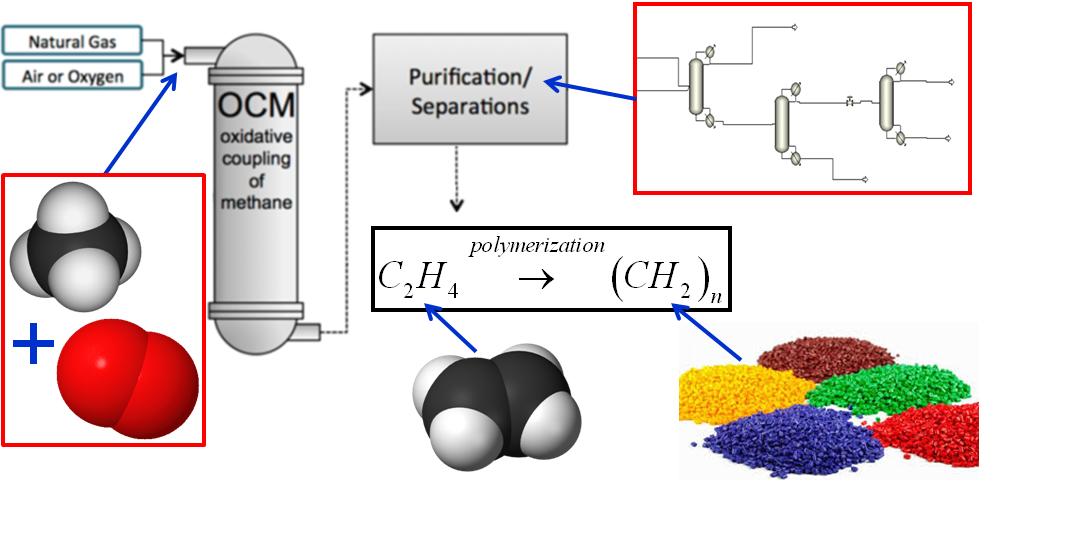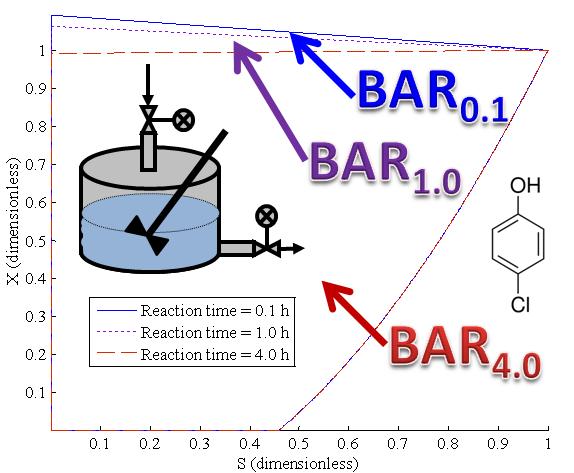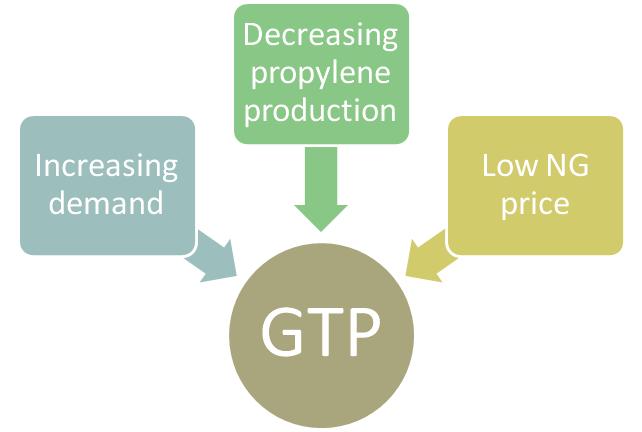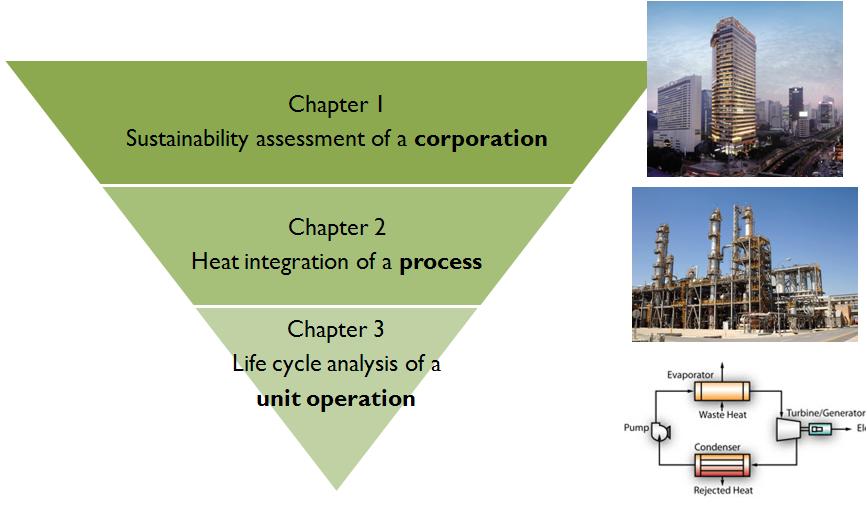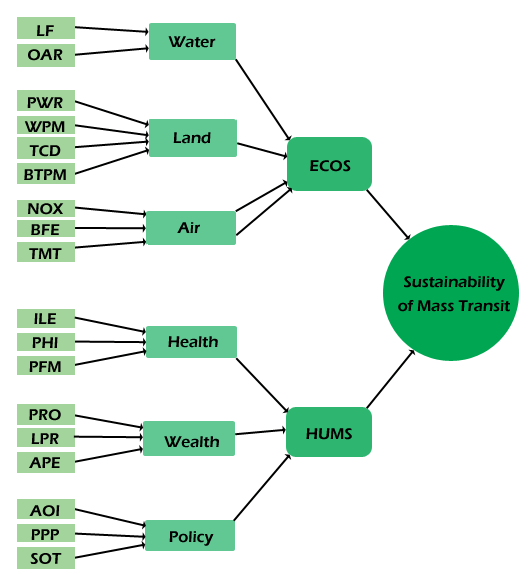Optimization of Steam, Carbon Dioxide Recycle, and Energy Use in a Modified BECCS Process
Students: Jason Sherman Kevin Lim
Bioenergy with carbon capture and storage (BECCS) is a carbon-negative energy production technique that is vital to the fulfilling climate goals seeking to limit the average global temperature increase. This study by Jason and Kevin investigated the effects of steam and CO2 recycle on the minimization of heating/cooling utility and the maximization of the power output of a solid oxide fuel cell in a modified BECCS process which converts biochar into electricity and CO2 for carbon capture and storage (CCS). Heat integration was performed to optimize the heat exchange network. Thermodynamic models of the biochar gasifier and the operating efficiency of the SOFC were used to analyze and optimize the power output of the process. The results of this work should give a theoretical upper bound on the overall energy efficiency of a biochar to electricity process using an SOFC.
Evaluation of Bio-Jet Fuel Production via the HRJ Process
Student: Sun Kim
Sun designed and optimized a sustainable bio-jet fuel production facility for converting Salicornia bigelovii seed oil into hydroprocessed renewable jet (HRJ) fuel and evaluated its sustainability. The product would be produced in Abu Dhabi, UAE, sold to an existing refinery infrastructure, blended with conventional jet fuel in a 50:50 ratio, then used as a fuel for planes Abu Dhabi International Airport. The process is not economically feasible at a crude price range of $20 to $75/bbl, though it is equitable. The design is most sensitive to crude price, tax rate, and the hydrogenation reactor cost. A well-to-wake life cycle assessment (LCA) on greenhouse gas (GHG) emissions was performed and the net carbon dioxide sequestered for Sun's process would be 22.2 gCO2-e per megajoule of energy in blended Jet-A. To make this process feasible at a moderate crude price, the HRJ process should be attached to the biomass-to-liquids (BTL) process to utilize the salicornia biomass to produce more biocrude oil.
Economic and Environmental Evaluation of Olive Mill Wastewater Treatment Methods for a Self-Supplied American Olive Oil Mill
Student: Chae Jeong
Olive oil is a highly versatile and popular consumer product, sold as food and used in other products such as cosmetics and pharmaceuticals. With increased olive oil production comes increased production of olive mill wastewater (OMW). OMW has a very high organic load, with a COD that can be greater than 220,000 ppm; consequently it is phytotoxic and inhibits growth of soil and marine bacteria, posing a threat to ecosystems upon exposure. Polyphenols and phenol derivatives are the primary cause of OMW toxicity and the phenolic content of OMW can be extremely high, ranging from 500 mg/L to 24,000 mg/L. The current literature details various proposed methods for OMW treatment but fails to consider their economic viability or the overall environmental impact of the olive oil production process with treatment methods in place, taking into account the overall usage of energy and water. Chae has developed a model for a continuous olive oil production process that optimizes the operating revenue of a self-supplied American extra virgin olive oil mill. This model gives insight into the economics of wastewater treatment methods, as well as detail the amount of wastewater needed to be treated.
Economic and Environmental Assessment of Methane to Ethylene via Oxidative Coupling
Student: Kenny O'Neill
Kenny simulated many possible separation trains for the purification of ethylene from oxidative coupling of methane (OCM) reactor effluent. One system consists of two flash tanks and four distillation columns which serve to purify polymer-grade ethylene and OCM reactor recycle. The four columns following the two initial flash tanks are a carbon monoxide removal column for the separation of carbon monoxide from methane for reactor recycle, a demethanizer column for separation of the remaining methane from the heavier hydrocarbons, a C2-splitter for the separation of ethylene from ethane, and a carbon dioxide removal tower which operates at vacuum to break the azeotrope formed between ethylene and carbon dioxide to obtain nearly pure ethylene. Kenny went on to evaluate other options for separation, evaluating them economically and environmentally via LCA, in order to determine the overall viability of the OCM process compared to a stand-alone ethylene cracker.
Optimizing Batch and Fed-Batch 4-Chlorophenol Treatment Processes
Student: Norris Nakagaki
Norris's work identifed all possible performance limits for batch 4-chlorophenol (4CP) contaminated wastewater treatment processes. This was done by identifying every attainable concentration of substrate and biomass using two methods (the shrink wrap and breadth-first algorithms) previously applied in research by my group at UCLA [Davis, B. J., Taylor, L. A., Manousiouthakis, V. I. "Identification of the Attainable Region for Batch Reactor Networks." Industrial & Engineering Chemistry Research 47 (10) p. 3388 - 3400, 2008.] Norris then used this batch attainable region (BAR) to synthesize possible batch reactor networks for the treatment process. He identified performance limits (in terms of total hours required to process the 4CP contamination) for networks of both discrete-fed and continuously-fed batch reactors and also quantified the minimum number of batch steps required to achieve 99% removal of the contaminant.
Sustainable Development of Shale Gas and Gas-to-Propylene
Student: Heejae Huh
The development of shale gas has received much attention due to its potential contribution to the U.S. economy. However, the environmental issues associated with the shale gas development have raised public concern. A downstream opportunity of shale gas development that aims to meet growing worldwide propylene demand and supply shortage is Gas-to-Propylene (GTP) technology. This process consists of four stages: (1) syngas production, (2) dimethyl ether production, (3) hydrocarbon production from dimethyl ether, and (4) product fractionation. In Heejae's work, she simulated 100 million standard cubic feet per day of methane being converted to polymer grade propylene (43.4% yield) and gasoline (3.5% yield). The annual production of propylene is 440 thousand metric tons and the sales of gasoline by-product add to revenues. Preliminary economic analysis of the plant design shows that the total capital investment is $462 million, would be paid back within slightly over three years after startup, and that the internal rate of return is 22%. Reducing costs through plant optimization would make this project an even more promising investment opportunity.
Green Chemical Engineering: Case studies on achieving sustainability in traditional process design
Student: Jung Choi
Jung worked on three case studies that demonstrate a top-down approach to achieving sustainability in a chemical organization, starting at the corporate level, to the process level, and lastly down to a unit operation level. A well-established green engineering tool was used at each level to arrive at a quantified result to help make a more informed sustainability-based decision, in turn guiding subsequent steps. We used sustainability assessment based on fuzzy evaluation (SAFE) to evaluate the overall sustainability of Hanwha Chemical and to identify target areas at that company with greatest opportunity for sustainability improvement. Then, heat integration was carried out on a gas-to-liquids process to identify performance targets on its heat exchange system. Lastly, two process alternatives (installing an organic Rankine cycle to convert process waste heat to electricity versus using coal-fired electricity) were evaluated using a life-cycle assessment.
Batch Production of Local Astaxanthin
Student: James Lee
Astaxanthin (AX) is a dietary supplement marketed internationally as one of nature's most potent antioxidants. It is a red pigment found in an variety of organisms, including krill, salmon, lobsters, and flamingos. In his work, James presents a technical and economic analysis of a small-scale manufacturing operation for the production of AX designed to serve a local market: the Greater New York area, including New York City and the surrounding tri-state area. The manufacturing operation is a microalgal bioprocessing facility located in Albany, NY: Haematococcus pluvialis is grown, induced to produce AX, then harvested and concentrated in a series of downstream separation steps before being packaged as dried biomass for human consumption.
Fuzzy Assessment of the Sustainability of Mass Transit Systems
Student: James Stevenson
We have created a hierarchical fuzzy system, modified from the SAFE (Sustainability Assessment by Fuzzy Evaluation) method by the introduction of systematically weighted indicators, which can be used to assess the ability of a transportation system to maintain its operation without undue burden on society or the environment. Our model is novel in that its weights are not chosen manually but "learned" from a training set of hypothetical transit systems. As a case study, we used the method to assess the sustainability of three public transit systems: the New York MTA, the Los Angeles LACMTA, and the Chicago CTA.
